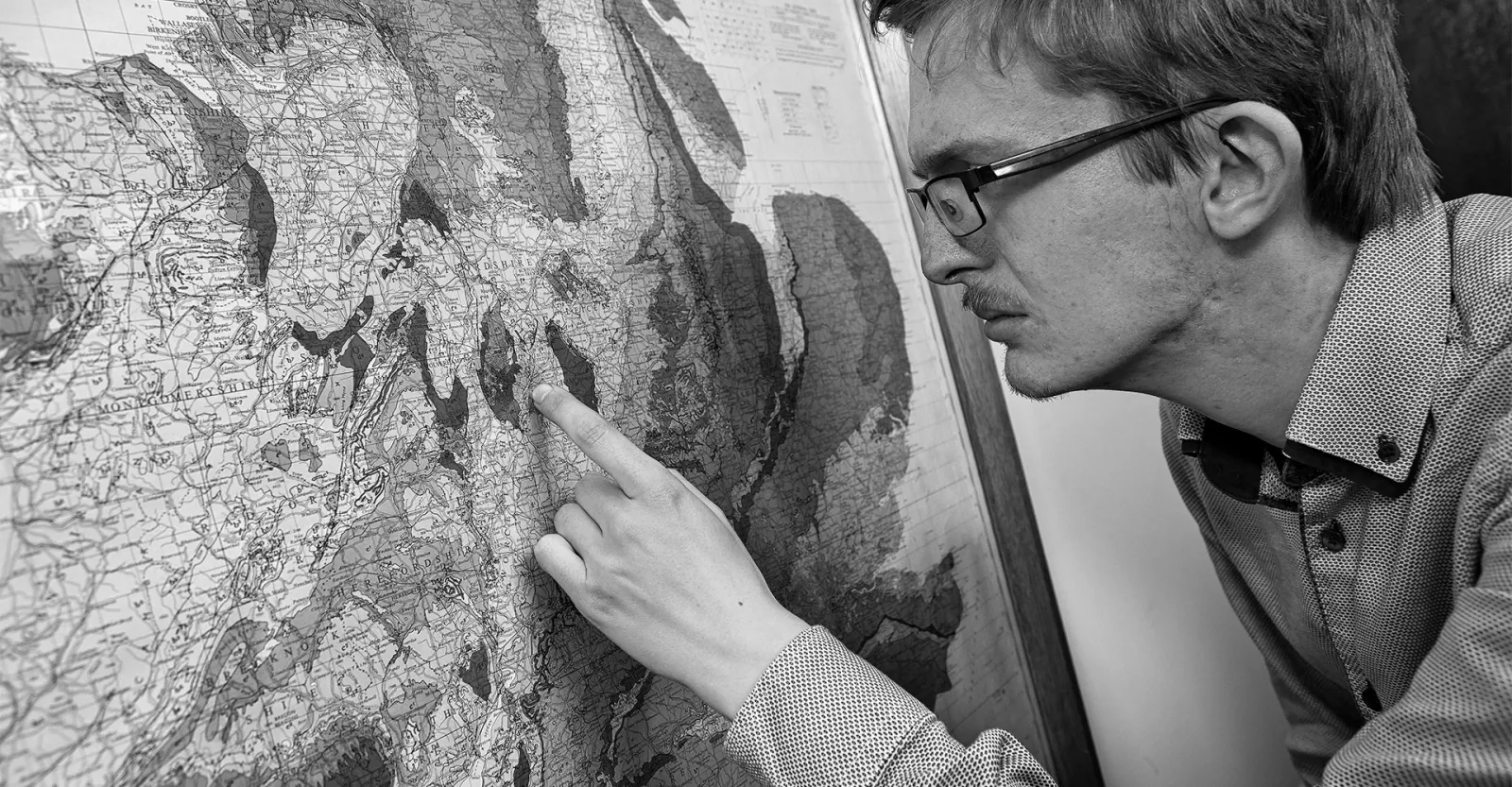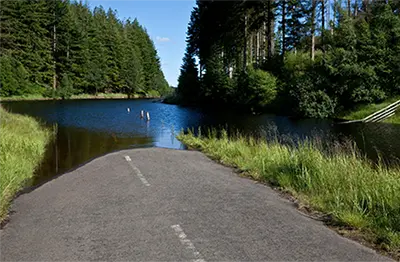

Risk Assessments
A site investigation risk assessment is a process of identifying and evaluating the potential risks associated with a site, such as contamination, ground instability, or flooding. SIRAs are typically carried out as part of the development process, but can also be used for other purposes, such as site remediation or environmental auditing.
Why?
Why is a SIRA important?
SIRAs are important because they can help to avoid costly and time-consuming problems down the line. By identifying and evaluating potential risks early on, developers and other stakeholders can make informed decisions about how to manage those risks.
COST?
How much does a SIRA cost?
The cost of a SIRA will also vary depending on the size and complexity of the site, as well as the level of investigation required. However, we offer competitive rates for our SIRAs and can provide a free quote on request.

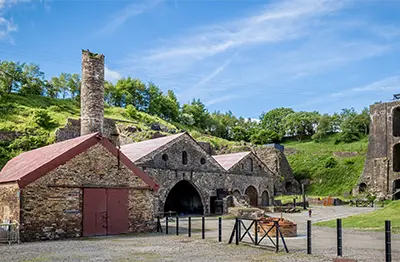
Coal Mining Risk Assessments
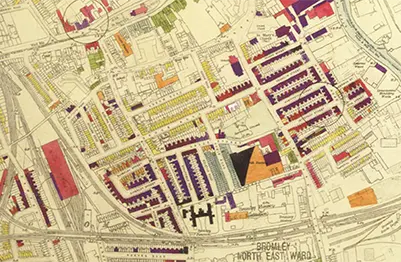
UXO Risk Assessments
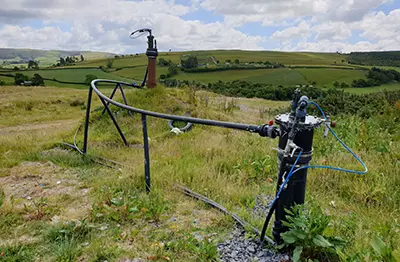
Ground Gas Risk Assessments
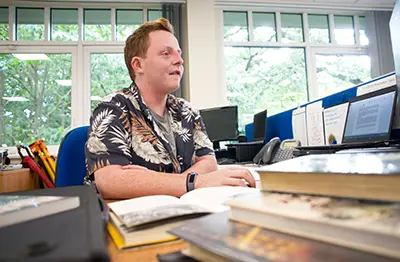
Phase 1 Desk Study

Quantitative Risk Assessments
HOW & WHY
How do we carry out SIRAs at Igne and what are the benefits of our risk assessments?
Our SIRAs are carried out in accordance with the latest guidance from the Environment Agency and other relevant authorities.
We typically follow a four-stage process:
Desk study: This involves gathering and reviewing information about the site, such as historical land use, geological and hydrogeological data, and environmental permits. This information is used to identify potential contaminants and assess the likelihood of them being present on the site.
Site reconnaissance: This involves a visit to the site to inspect it for any potential hazards or signs of contamination.
Site investigation: If the stage 1 and 2 assessments indicate there is a potential risk of contamination, a site investigation will be carried out. This involves collecting and analysing soil and groundwater samples to identify and quantify any contaminants that are present. This involves carrying out intrusive investigations, such as soil sampling and boreholes, to gather further information about the site conditions.
Risk assessment: The results of the site investigation are used to conduct a risk assessment. This assessment considers the type and concentration of contaminants present, the potential exposure pathways, and the receptors that are at risk. The risk assessment also considers the regulatory framework and the client's objectives for the site.
Our SIRAs offer several benefits to our clients, including:
Reduced risk: Our SIRAs can help to identify and evaluate potential risks early on, allowing clients to make informed decisions about how to manage those risks.
Cost savings: Our SIRAs can help to avoid costly and time-consuming problems down the line.
Compliance: Our SIRAs are carried out in accordance with the latest guidance from the Environment Agency and other relevant authorities.
Peace of mind: Our SIRAs can provide our clients with peace of mind, knowing that they have taken all reasonable steps to identify and manage the risks associated with their site.
When
When is a Site Investigation Risk Assessment Required?
SIRAs are required for a wide range of development projects, including:
- New housing and commercial developments
- Infrastructure projects, such as roads and railways
- Industrial and agricultural developments
- Redevelopment of brownfield sites
Who
Who can benefit from a site investigation risk assessment?
Our SIRAs can benefit a wide range of clients, including:
- Developers
- Landowners
- Property buyers and sellers
- Local authorities
- Environmental consultancies
- Legal firms
- Insurance companies
FAQ
Frequently asked questions about site investigation risk assessment
What is the difference between a desk study and a site investigation?
A desk study is a non-intrusive assessment of a site, based on existing information. A site investigation is an intrusive assessment of a site, involving the collection of samples and data from the ground.
How long does a SIRA take?
The duration of a SIRA will vary depending on the size and complexity of the site, as well as the level of investigation required.
Contact us to discuss your requirements and we'll provide you with a timescale estimate.
Case Study: SIRA for a Proposed Residential Development
Igne was recently commissioned to conduct a SIRA for a proposed residential development on a former industrial site. The site had a history of use for a variety of industrial purposes, including metalworking, engineering, and printing.
Igne conducted a desk study and site walkover to identify any potential hazards. The desk study revealed that the site was located in an area with a high risk of ground contamination. The site walkover identified a number of potential hazards, including a former oil storage tank, a former waste disposal area, and a number of underground pipes and cables.
We developed a conceptual site model to show the potential sources of contamination, the pathways by which contamination could spread, and the potential receptors of contamination. The risk assessment identified a number of high-risk pathways, including the potential for inhalation of contaminated dust and vapours, and the potential for ingestion of contaminated soil and groundwater.
We developed a number of recommendations for managing the risks, including:
- Further site investigation to characterize the nature and extent of the contamination.
- Remediation of the contamination to meet regulatory standards.
- Risk management measures, such as the installation of gas protection membranes and the use of clean fill.
The client was pleased with our service and the findings of their SIRA which helped them identify and mitigate the risks posed by hazardous substances or conditions on the site. This will help to ensure the safety of future residents and the protection of the environment.
Developing a site or purchasing property?
A risk assessment will identify and evaluate potential risks:
Email: hello@igne.comCall: 0371 789 1000

